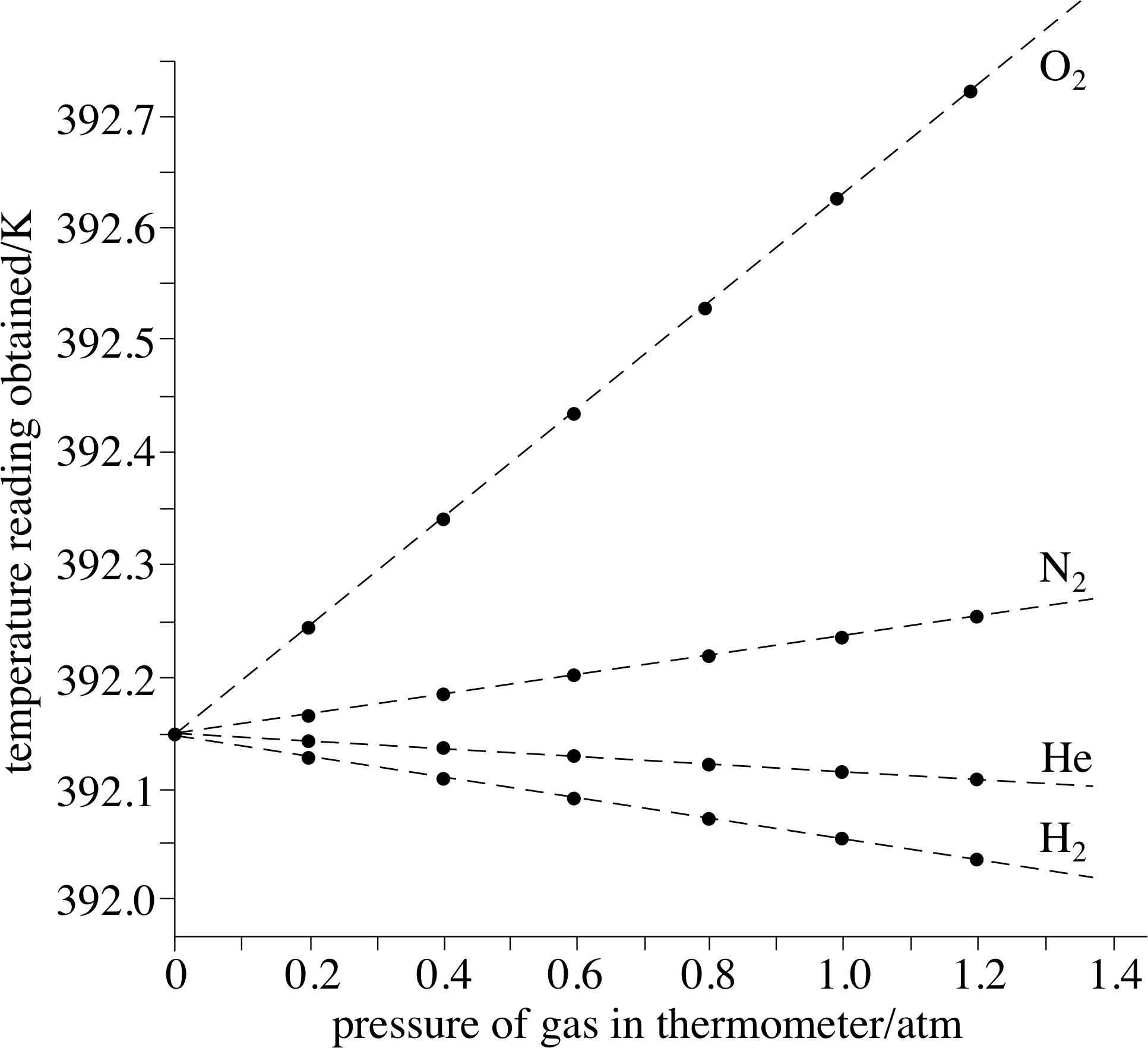
And by solving it, we got a factor off approximately one 0.55 these is there. So to give a more appropriate answer, we should solve this fraction. The pressure is multiplying by that factor. Then be prime is 373 divided by 240 times speed.

Then we can simplify V with V and and we've and to conclude that P prime is equals true, 373 times beat, divided by 200 and 40. These results in 200 and 40 Calvins and this is equals true p prime times re prime, which is a gross to be divided by n prime, which is equals to end Times T Prime, which is 373. Temperature must be in Calvin's, so we have to convert using this equation before playing this order equation.

However, I do not know how manually raising the tube on the non-sample, open side increases pressure. I know how the gas placed in the sample places pressure upon the mercury. By playing the values in that equation, we have beaten times V divided by N times T A. Concerning the mechanism of a constant volume gas thermometer, I was wondering how the adjustment of the second tube upon the open side increases the pressure. To compare both states off the thermometer and conflict would ease the final pressure, said goes as follows. At the same time, the number off my accuses constant because there is no leakage off helium from inside the term a meter, then we can use this equation.

The volume is constant because the problem say so. So the term a meter waas at minus 33 degrees Celsius and move it to 100 degrees Celsius while keeping the volume on the number off. What happens is that the thermometer changes from these state to deal state, and this is everything that's happening. Hagart-Alexander, in Instrumentation Reference Book (Fourth Edition), 2010 21.3.4 Vapor Pressure Thermometers. This question has a quite involved taxed, but it is actually a simple question. No matter what the process, for a diatomic ideal gas the change in internal energy in.


 0 kommentar(er)
0 kommentar(er)
